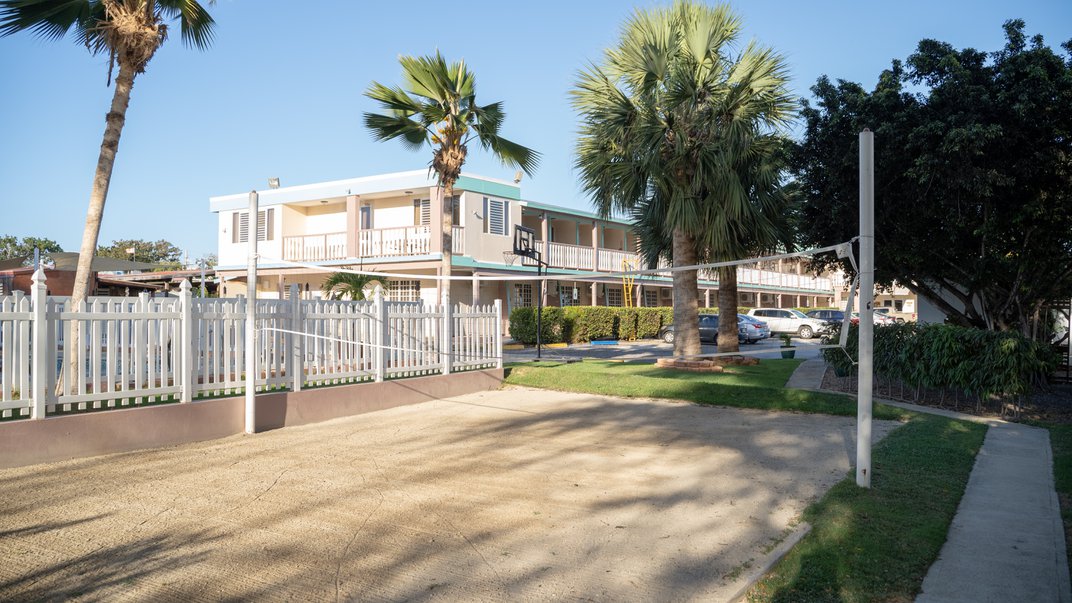Tucked away in Puerto Rico’s southwest corner, Guánica is a laid-back coastal town perched upon calm Caribbean waters. Visitors flock here for its natural offerings: a crystal clear sea that’s ideal for snorkeling; rows of bright sunflower fields; and the 9,500 acre Guánica Dry Forest Reserve, a Unesco Biosphere Reserve that’s one of the largest remaining tracts of tropical dry coastal forest in the world. But Guánica is home to a unique slice of island history as well—Guánica 1929, a family-owned lodge that got its start in the early 20th century as one of Puerto Rico’s first inns established under the U.S. government. This two-story classic colonial structure sits on a former sugar plantation and still features its original bi-level wraparound veranda. Today, the palm-dotted property also sports an outdoor swimming pool, as well as 27 simply styled guest rooms and a restaurant serving up plates of freshly caught mahi-mahi and carrucho (conch fish). It also happens to be Puerto Rico’s oldest parador.
“Paradores” are a brand of inns marketed by the government-owned Puerto Rico Tourism Company. Each inn is small, independently owned and operated, though must meet a specific set of criteria to earn the “parador” designation. The Puerto Rico Tourism Company created the parador program, Paradores de Puerto Rico, in 1973, “with the idea of decentralizing tourism and taking guests outside of San Juan,” says Xavier Ramirez, Paradores de Puerto Rico president and the co-owner and manager of the island’s Combate Beach Resort. “The government saw that a similar program, called the Paradores de Turismo de España, already existed in Spain and was successful. [In their case] it’s a chain of luxury hotels—often old castles or monasteries—that have been converted with the same idea: to get people outside of the big cities like Barcelona and Madrid and experience the rest of the country.”
Combate Beach Resort in Cabo Rojo
Discover Puerto Rico
Government sponsorships of this kind aren’t unusual. In Italy, agriturismo, also known as farm stays, began in the 1960s as a way to attract visitors to the Italian…
Click Here to Read the Full Original Article at Travel | smithsonianmag.com…
